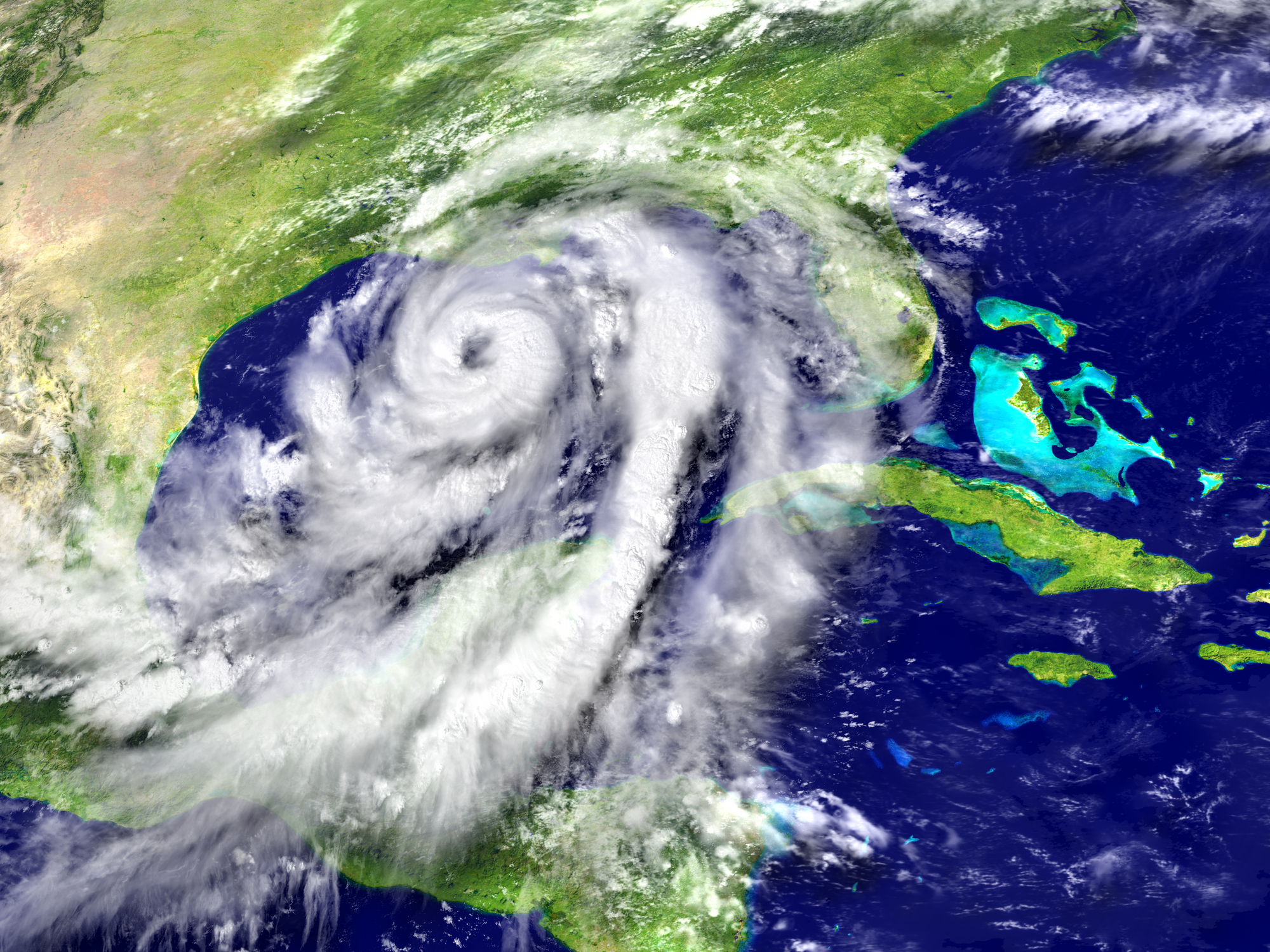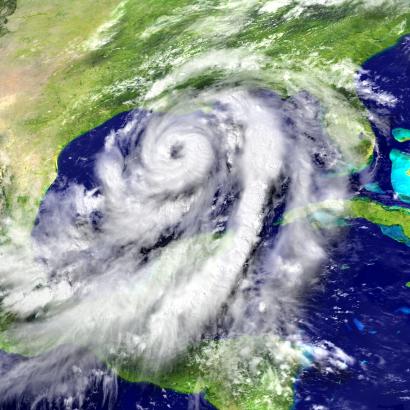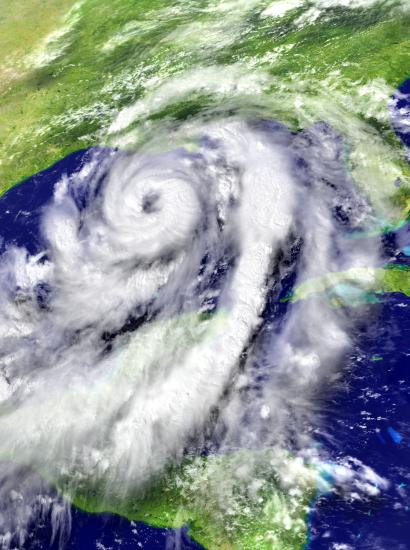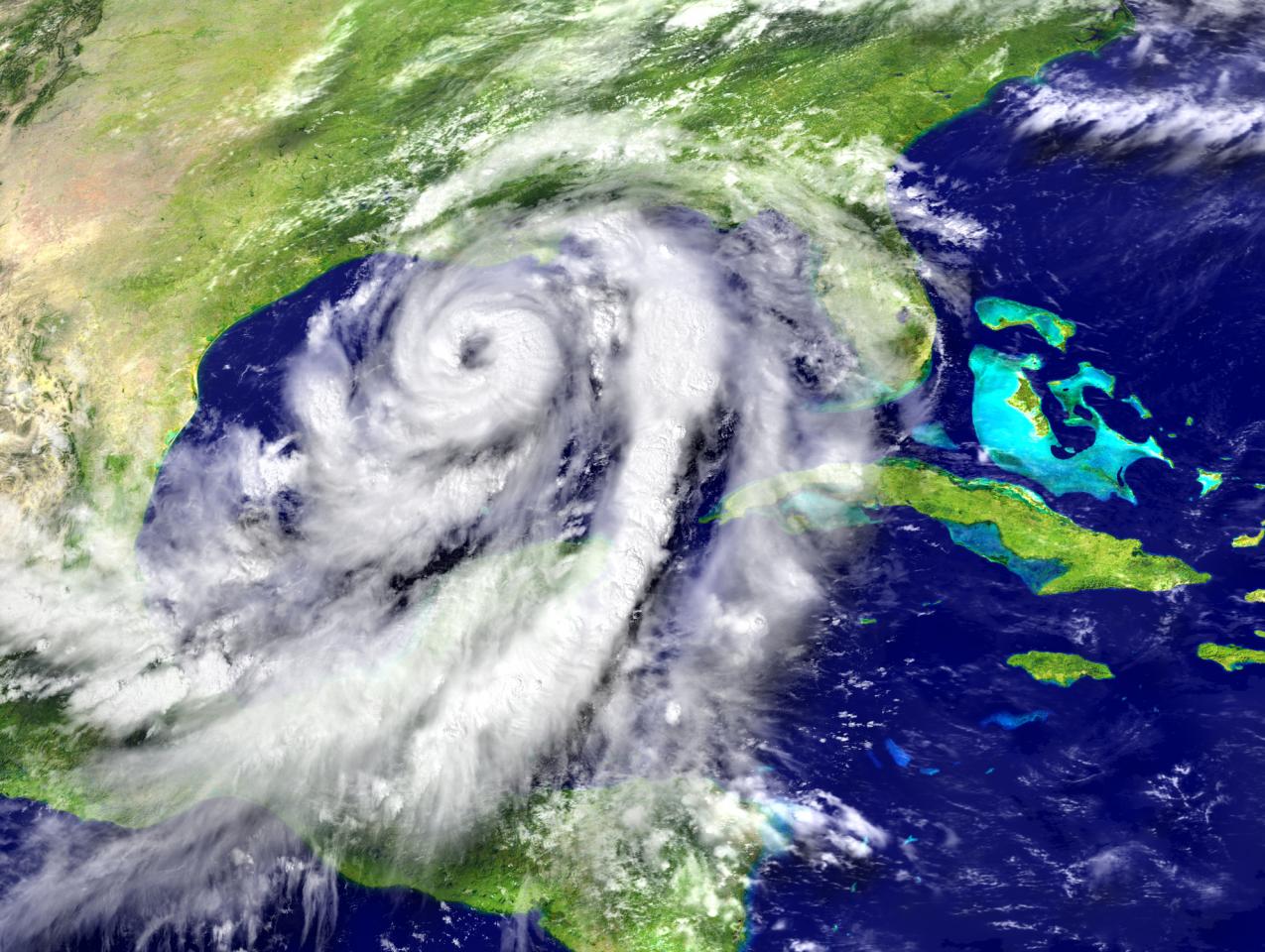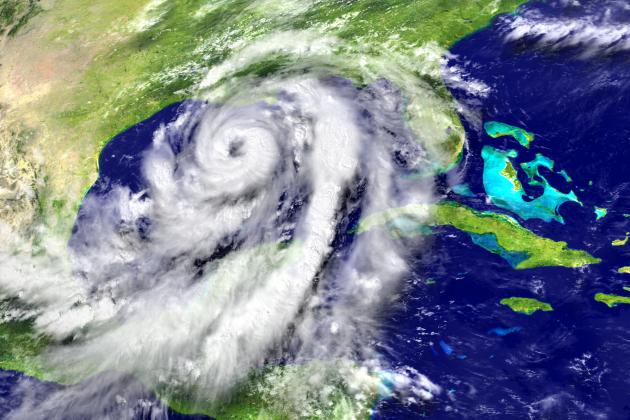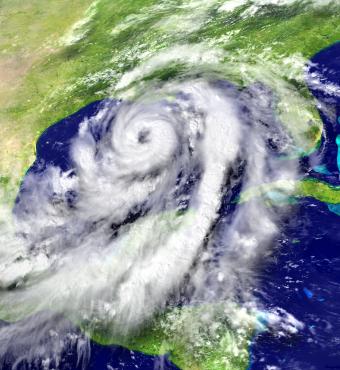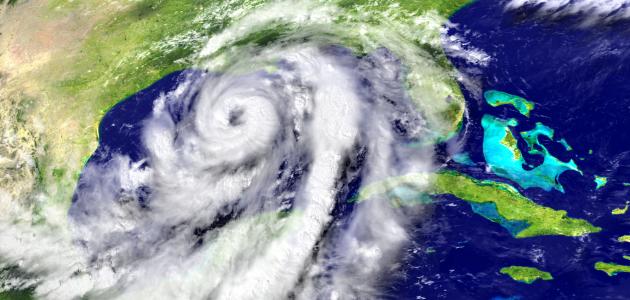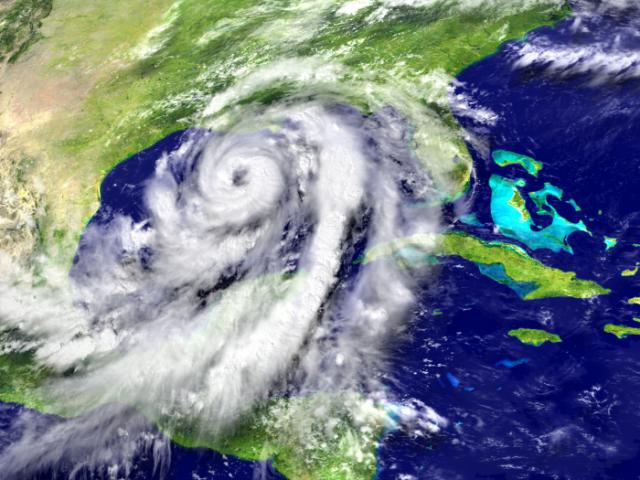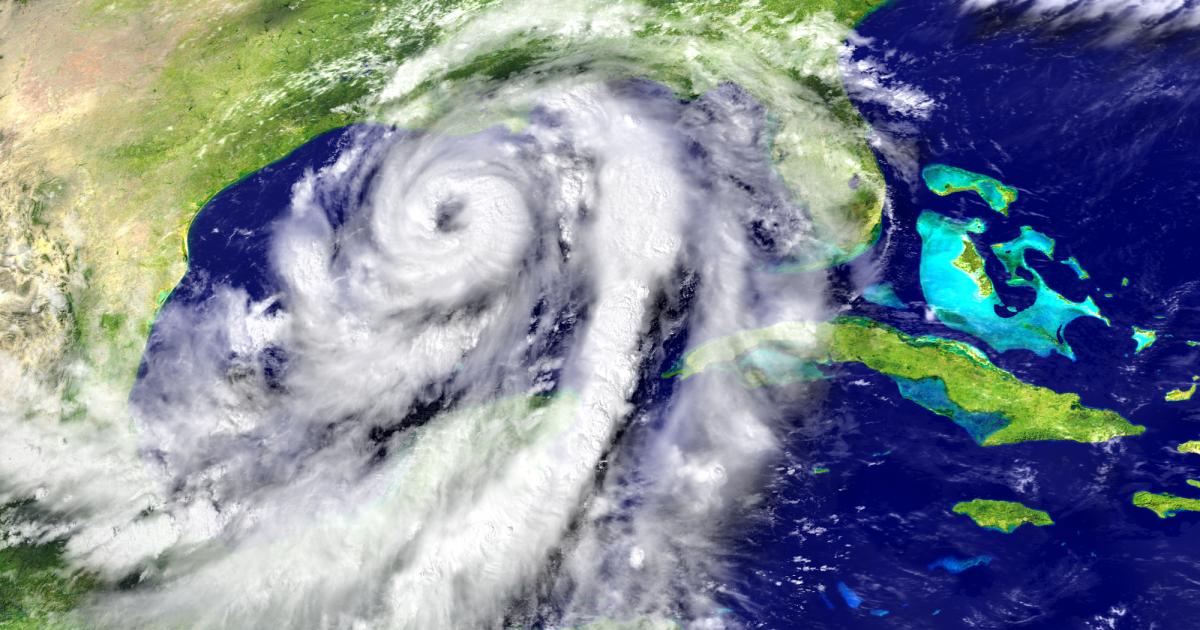- Energy & Environment
Abstract: Using data on the paths of all hurricanes in the Atlantic Basin from 1992 to 2017, this paper studies whether migration has served as a form of adaptation to hurricane risk. The findings show that on average hurricanes have little to no impact on county out-migration, with population-weighted exposure to hurricanes increasing slightly over the sample period. Counties with high economic activity see net in-migration in the years after a hurricane. Further, return migration likely plays a role in offsetting any out-migration in the year of the storm. The intensity of pre-hurricane migration between county pairs is a strong predictor of excess migration after a hurricane, suggesting that existing economic and social ties dominate in post-hurricane migration decisions. Given existing policies and incentives, the economic and social benefits that people derive from living in high-risk areas currently outweigh the incentive to adapt to future storms by relocating across counties.
Read the paper: Moving To Adaptation? Understanding The Migratory Response To Hurricanes In The United States






